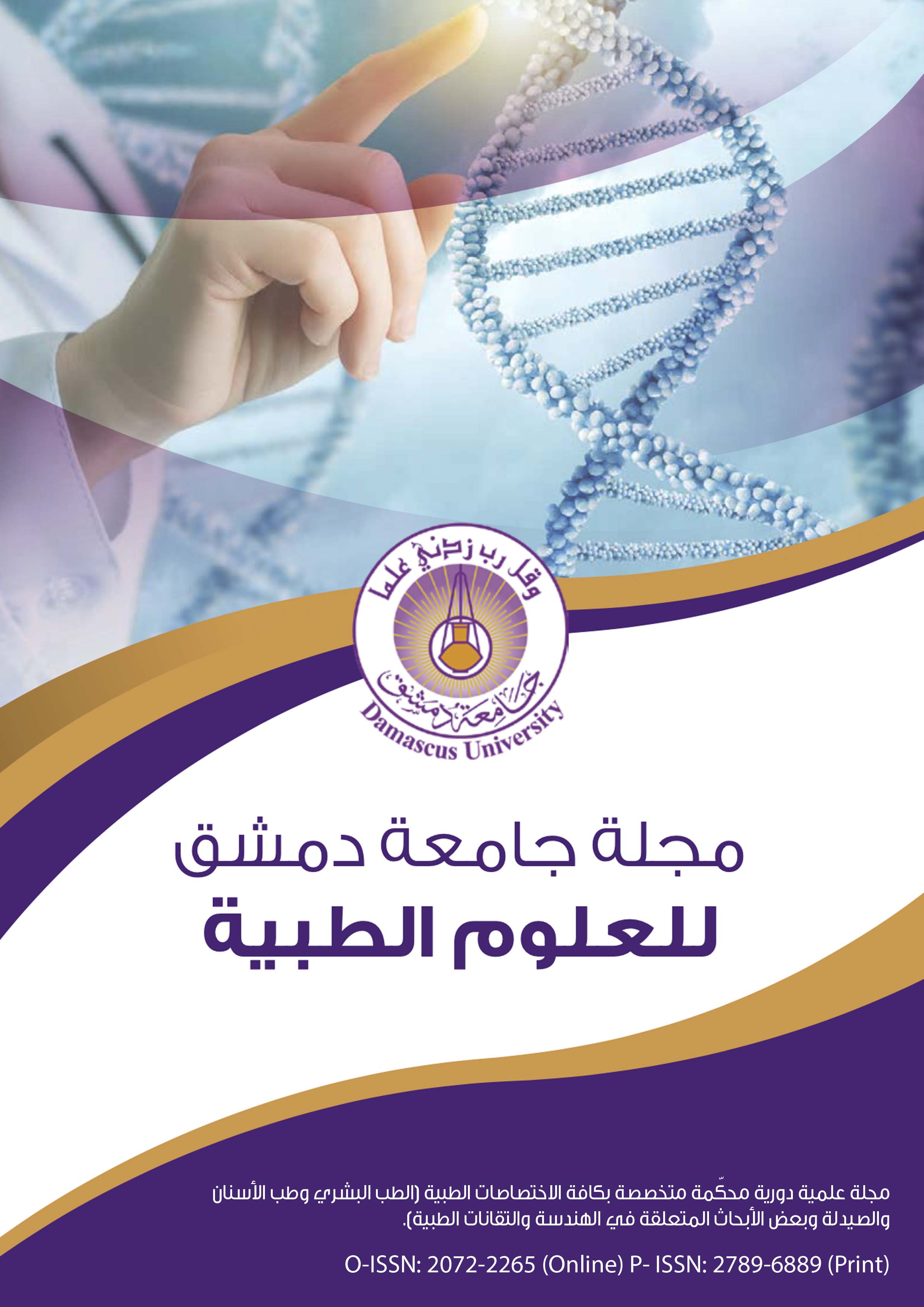Calculation Of Absorbed Dose Ratio In Organs During PET/CT Prostate Scan Using 18F-FDG (18F-2-deoxy-D-glucose)
Keywords:
التصوير المدمج PET/CT, مركب ثنائي ديوكسي فلوريد الغلوكوز 18F-FDG, الكود MCNP, الجرعة الممتصةAbstract
Background: Combined positron emission tomography with computed tomography (PET/CT) allows to get acquisition data of anatomic and functional information through CT and PET imaging, respectively. This imaging modality provides co-registered of anatomic and functional images for the patient within a single examination. However, 18F-2-deoxy-D-glucose (18F-FDG) is the most commonly radiopharmaceuticals used in the diagnostic procedures with combined PET/CT scanners.
Purpose: To estimate the doses resulting from the injection of 18F-FDG in the radiological diagnosis of prostate cancer.
Method: In this research, the MCNP code were used to simulate the MIRD phantom of adult man and calculate the absorbed dose resulting from 18F-FDG in the prostate gland during PET/CT scan.
Results: The absorbed doses in all organs resulting from PET is less than that resulting from CT, except for organs at risk (OARs), such as: sigmoid colon, testes, urinary bladder wall, penis and scrotum, where the ratio of the absorbed dose resulting from PET and CT scan to was 3.37 and 5.34 versus 3.43 and 5.10, respectively.

